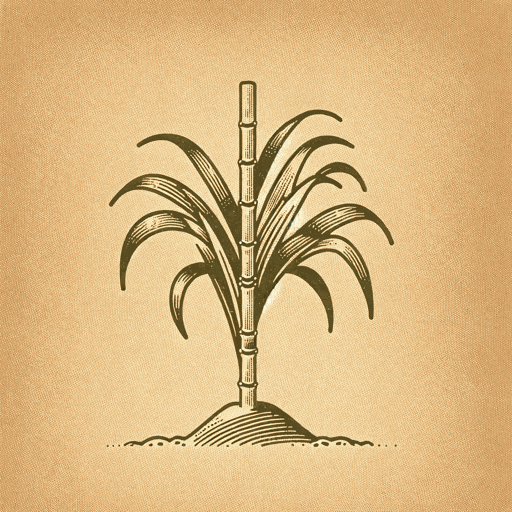30 pages • 1 hour read
Sidney W. MintzSweetness and Power
Nonfiction | Book | Adult | Published in 1985A modern alternative to SparkNotes and CliffsNotes, SuperSummary offers high-quality Study Guides with detailed chapter summaries and analysis of major themes, characters, and more.
Chapter 2Chapter Summaries & Analyses
Chapter 2 Summary: “Production”
Mintz outlines the history of human sugar production from the first domestication of sugar cane in New Guinea thousands of years ago to the perfection of the plantation system in the Caribbean during the 18th century. The meaning of sugar changed for European consumers as rates of sugar consumption skyrocketed alongside increased production in the Americas.
While “the fundamental process associated with sugar making” (24) was likely invented in Persia and India, the Arab conquests of Europe in the seventh and eighth centuries introduced Europe to sugar cane, including the techniques associated with its cultivation and “a taste for this different sweetness” (23). The importance of the Mediterranean sugar industry began to decline when the major sites of production moved to Atlantic islands like La Palma and the Azores. These production sites eventually moved to the Caribbean and the Americas mainland, where European colonial powers fully developed the highly disciplined plantation system of sugar production.
Sugar production utilized slave labor since at least the early day of Mediterranean production, but the use of slave labor expanded massively on the Caribbean plantations. While labor on these “sugar islands” previously consisted of a greater mix of workers and slaves from Europe, Africa, and India from the founding of the colonies until the 17th century, African slavery became the dominant labor source thereafter.

